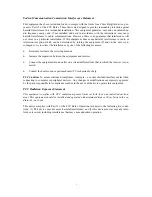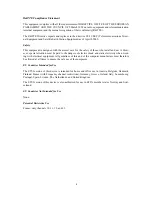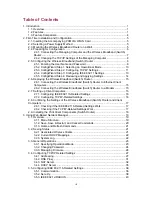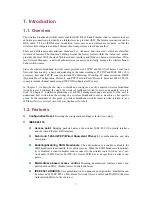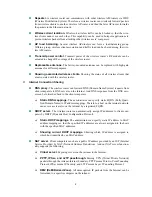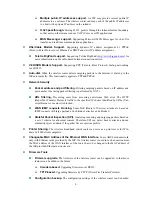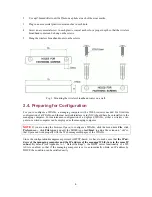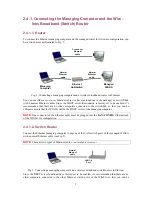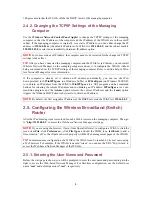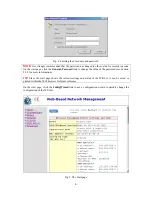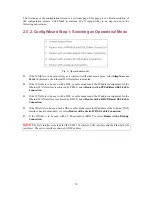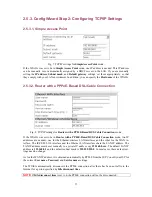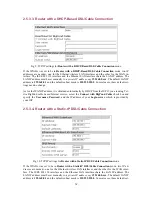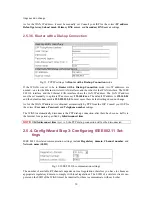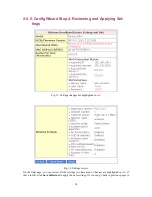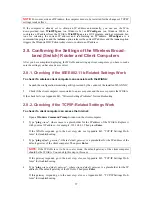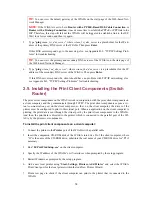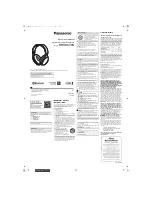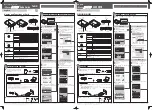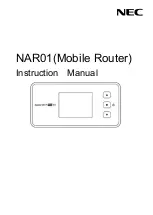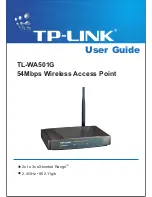
Multiple public IP addresses support.
An ISP may provide several public IP
addresses to a customer. The wireless router can map each of the public IP addresses
to a host with a private IP address on the intranet.
H.323 passthrough.
Passing H.323 packets through the intranet-Internet boundary
so that users on the intranet can use VoIP (Voice over IP) applications.
MSN Messenger support.
Supporting Microsoft MSN Messenger for chat, file
transfer, and real-time communication applications.
DSL/Cable Modem Support.
Supporting dynamic IP address assignment by PPPoE
(Point-to-Point Protocol over Ethernet) or DHCP and static IP address assignment.
Telstra BigPond support.
Supporting Telstra BigPond (
http://www.bigpond.com
) for
user authentication on the cable-based Internet connection service.
V.90/ISDN Modem Support.
Supporting PPP (Point-to-Point Protocol) dial-up networking
over RS232.
Auto-dial.
When the wireless router detects outgoing packets to the Internet, it dials up to the
ISP automatically. This functionality applies to PPP and PPPoE.
Network Security
Packet address and port filtering.
Filtering outgoing packets based on IP address and
port number. (Incoming packet filtering is performed by NAT.)
URL filtering.
Preventing users from accessing unwelcome Web sites. The HTTP
(HeperText Transfer Protocol) traffic to the specified Web sites identified by URLs (Uni-
versal Resource Locators) is blocked.
WAN ICMP requests blocking.
Some DoS (Denial of Service) attacks are based on
ICMP requests with large payloads. Such kind of attacks can be blocked.
Stateful Packet Inspection (SPI).
Analyzing incoming and outgoing packets based on
a set of criteria for abnormal content. Therefore, SPI can detect hacker attacks, and can
summarily reject an attack if the packet fits a suspicious profile.
Printer Sharing.
The wireless broadband switch router can serve as a print server for Win-
dows 9x/2000 client computers.
Changeable MAC Address of the Ethernet WAN Interface.
Some ADSL modems work
only with Ethernet cards provided by the ISP. If a wireless router is used in such an environment,
the MAC address of the WAN interface of the router has to be changed to the MAC address of
the ISP-provided Ethernet network card.
Firmware Tools
Firmware upgrade.
The firmware of the wireless router can be upgraded, so that more
features can be added in the future.
Xmodem-based.
Upgrading firmware over RS232.
TFTP-based.
Upgrading firmware by TFTP (Trivial File Transfer Protocol).
Configuration backup.
The configuration settings of the wireless router can be backed
3


